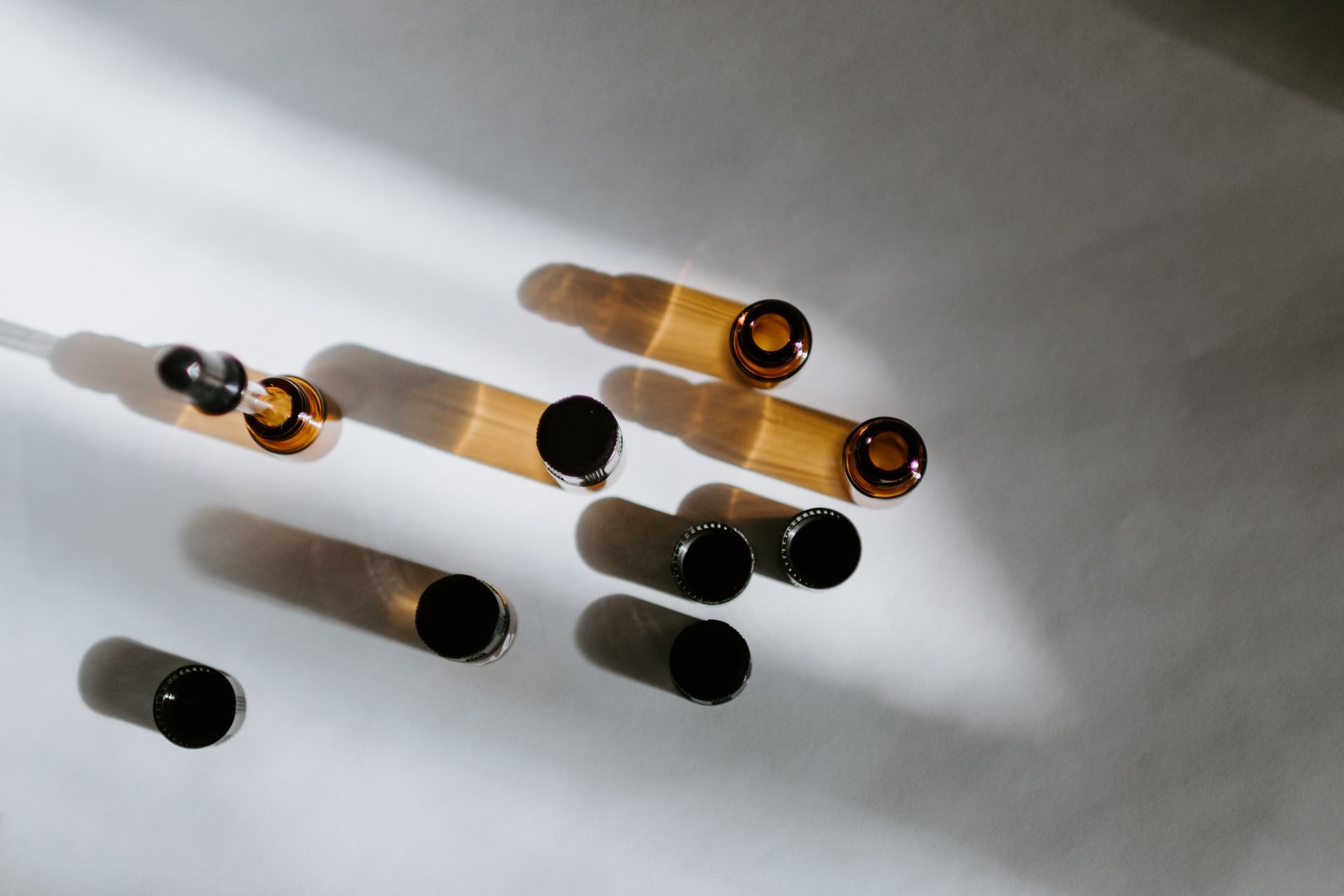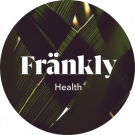5 Things Every CBD Tincture Consumer Should Know

1) What is CBD?
CBD stands for ‘cannabidiol’, which are naturally present in the Cannabid Sativa plant, commonly known as hemp or marijuana. While many other plants contain ‘cannabimimetics’ -- substances that produce similar effects to CBD -- only cannabis creates the real deal.
Marijuana became famous in popular culture for its psychoactive effects, so many people incorrectly assume that any product from a marijuana plant will get you high. This is simply untrue. You wouldn’t get high wearing clothing made of hemp fibers, and CBD won’t make you stoned, either. The element of the Cannabid Sativa plant that induces mind-altering effects is THC (that’s tetrahydrocannabinol, if you’re science-minded or ready for a tongue twister!). The amount of THC that a CBD product can legally contain differs according to the legislation in the location where the product is sold.
People who use CBD tout a wide range of benefits, and studies are still ongoing. There is strong evidence that CBD can alleviate symptoms of several childhood seizure disorders, and this is one of the main medicinal uses of CBD. More research is needed into the anxiety and pain-relieving properties of cannabidiols.
2) What is a 'tincture'?
Any time a plant or animal product has been dissolved into ethanol (pure alcohol), the resulting liquid is called a 'tincture'. Throughout history, tinctures have been used medicinally. Lovers of historical fiction might recall an injured character taking ‘laudanum’. Laudanum is just the 19th-century word for ‘tincture of opium!’
CBD tincture, then, is components of the Cannabid Sativa plant, dissolved in alcohol, and concentrated to form a stable solution -- generally about 60-70% alcohol.
Tinctures can be used to achieve a very specific dose of CBD. Because they are administered using a dropper, you can easily count how many drops you put under your tongue (or swallow, if that’s what you choose.) By keeping a journal or record of the dose (number of drops) and the effects in the hours after the dose, you will quickly be able to establish the minimum effective dose for your desired benefits.
3) Is it legal?
That depends on where you live. In the US, CBD products (including tinctures, oils, edibles, and topical creams) are regulated at the national level by the Food and Drug Administration. Hemp products, including CBD, are legal in all 50 states, with one important caveat: They must not contain more than 0.3% THC.
The EU sets the legal limit slightly lower, at 0.2%, and this applies to all 27 member states. Different countries may impose their own laws, however. If you’re Slovakia, for example, you’re out of luck -- the government there rejected a recent bid to legalize CBD, and it remains on the list of controlled substances. The future of CBD products in Italy is uncertain after the Supreme Court ruled a popular smokable CBD product unconstitutional. (The name of the product probably didn’t help their cause -- it’s called ‘Cannabis Light’)
4) How much CBD should I take?
A good rule of thumb is to start out with 5-10mg of CBD, track its effects, and adjust your CBD dosage from there.
If you're wondering how many droplets that is, you'll need several pieces of information in order to do this calculation. First, you’ll need the amount of CBD in your tincture. This should be listed on the bottle in milligrams (mg).
Next, you need the number of drops in a FULL dropper. This can be easily established by filling the dropper -- completely depress the bulb to get rid of any air, then stick the end of the dropper in the liquid and release the pressure on the bulb. This creates a vacuum that sucks the tincture up into the dropper. Raise the dropper until you can see the tip, and then gently squeeze the bulb to release the tincture back into the bottle -- one drop at a time. Count the drops, and you have your answer!
Finally, you will need the number of droppers in the bottle. You can figure this out by transferring the contents of the bottle to another container, one dropper at a time. You can also contact the manufacturer, as they may have this information available.
Divide the number of droppers in a bottle by the amount of CBD in the bottle (listed in mg, remember?) to find out how many mg of CBD are in one dropper. Then, simply divide by the number of drops per dropper to find out the CBD content in each drop.
If all that started to sound like the latest trap release from Future, you can always just search online for a CBD calculator.
5) What’s the difference between CBD oil and CBD tincture?
Depending on the laws where you live, you may have seen CBD oils for sale while picking up a prescription at your local drugstore or in a service station while filling your car up with gas, but tinctures are becoming more widely available.
The biggest difference is the method of use. CBD oil will vaporize if properly heated (low and slow!) and users can inhale this vapour. Don’t try to vape your tincture, though -- it won’t work! Instead, a tincture is administered sublingually -- under the tongue. Sublingual dosing allows the oral mucus membranes to absorb as much activated CBD as possible, as quickly as possible without having to contend with the digestive enzymes in the stomach.
CBD oil can also be consumed sublingually, but many users describe the taste as unpleasant. It leaves an oily residue in the mouth that many people do not enjoy. The tincture, on the other hand, can be easily flavoured to suit a wide variety of tastes. Orange, berry, citrus, and mint are some of the most popular flavours.
Another major difference to consider when deciding between CBD oil and CBD tincture is the shelf life of each respective product. Because alcohol is a natural preservative, CBD tinctures will last longer in your medicine cabinet than CBD oil will.














